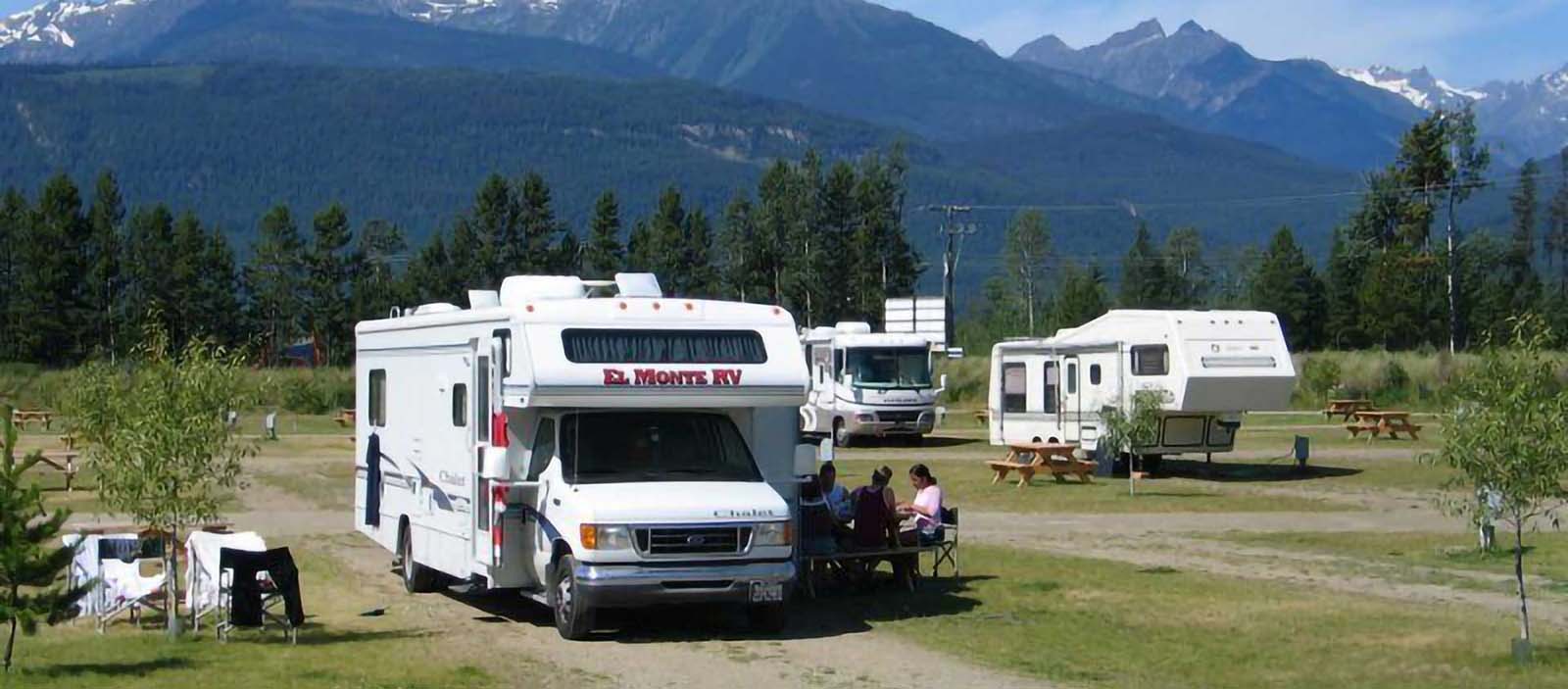Title: How to Safely Charge a Dead RV Battery: Essential Guidelines for RV Owners

Meta Description: Discover effective methods to charge a dead RV battery and ensure your vehicle stays powered up during your trips. Follow these step-by-step instructions and safety guidelines to revive your battery and hit the road with confidence.
H2: Step-by-Step Guide to Charging a Dead RV Battery
H3: 1. Inspect the Battery Condition H3: 2. Choose the Right Charging Method H3: 3. Prepare the Battery and Charging Area H3: 4. Connect the Battery Charger Correctly H3: 5. Monitor the Charging Process

H3: 1. Inspect the Battery Condition
Before attempting to charge a dead RV battery, it is essential to inspect its overall condition. Check for any visible signs of damage, corrosion, or leaks. If the battery is severely damaged, it might be more appropriate to consider replacing it instead of charging it.
H3: 2. Choose the Right Charging Method

There are various methods available to charge an RV battery, including using a standard charger, a trickle charger, a solar panel charger, or a generator. Depending on your situation and availability of resources, choose the most suitable method. Be sure to read the manufacturer’s instructions for the specific charging method you select.
H3: 3. Prepare the Battery and Charging Area
Ensure the RV is turned off and parked in a well-ventilated area before preparing the battery for charging. Clean any corrosion from the battery terminals using a battery cleaning solution or a mixture of baking soda and water. Remember to wear gloves and safety glasses while handling the battery to protect yourself from any harmful particles or substances.
H3: 4. Connect the Battery Charger Correctly
Connect the charging cables from the charger to the appropriate terminals on the battery. Usually, the red cable connects to the positive (+) terminal, while the black cable connects to the negative (-) terminal. Ensure a secure connection while avoiding any accidental sparks. Double-check the charging settings on the charger and ensure they align with the battery’s specifications.
H3: 5. Monitor the Charging Process
Once the battery charger is properly connected, initiate the charging process according to the charger’s instructions. Typically, the charger will have an indicator light or display panel indicating the charging progress. Monitor this information closely and periodically check the battery temperature to prevent overheating. Avoid leaving the battery unattended during the charging process.
H3: Conclusion
By following the steps outlined above, you can safely charge a dead RV battery and restore its functionality. Remember to prioritize safety, inspect the battery condition, choose the appropriate charging method, properly connect the charger, and closely monitor the charging process. Regular battery maintenance and proper storage practices will also help extend its lifespan. Enjoy your RV adventures with a reliable power source, ensuring a smooth and memorable journey every time.

